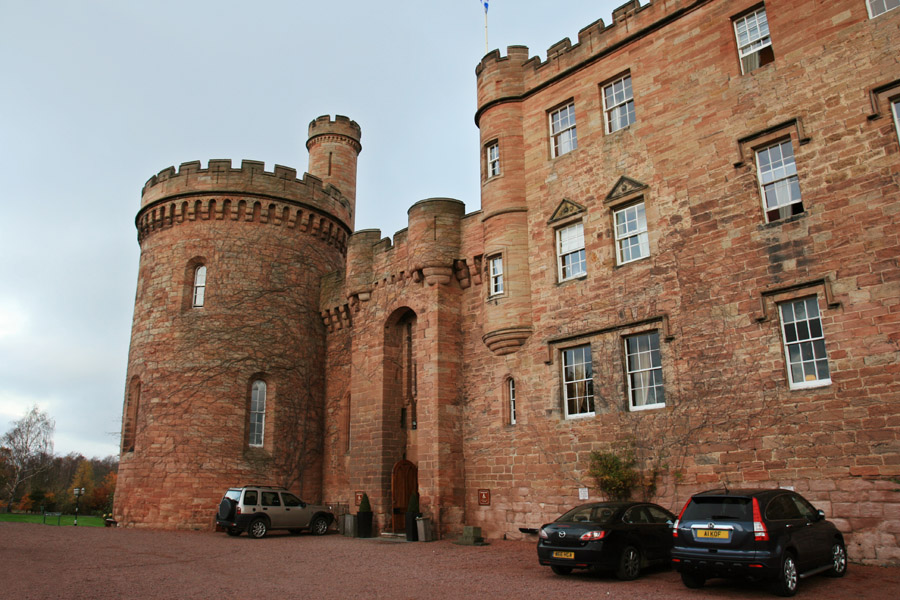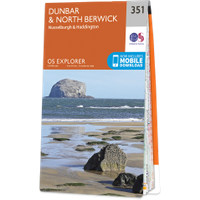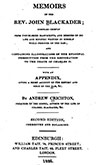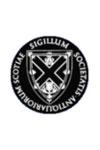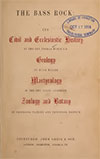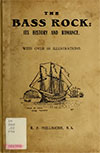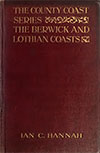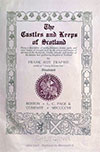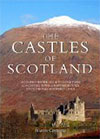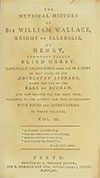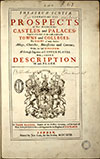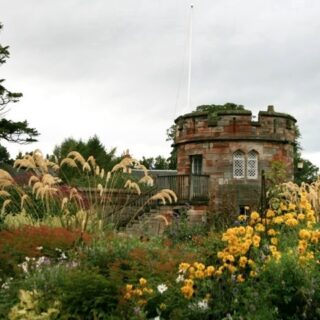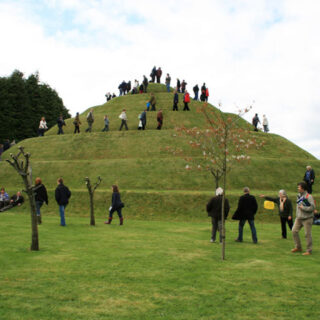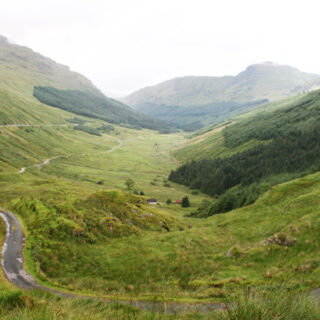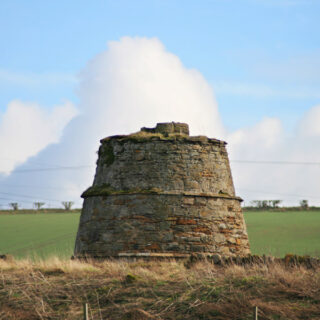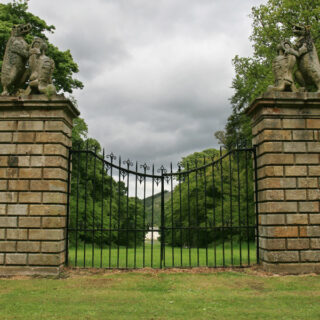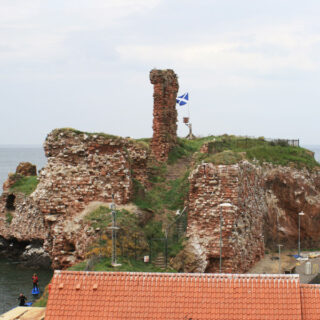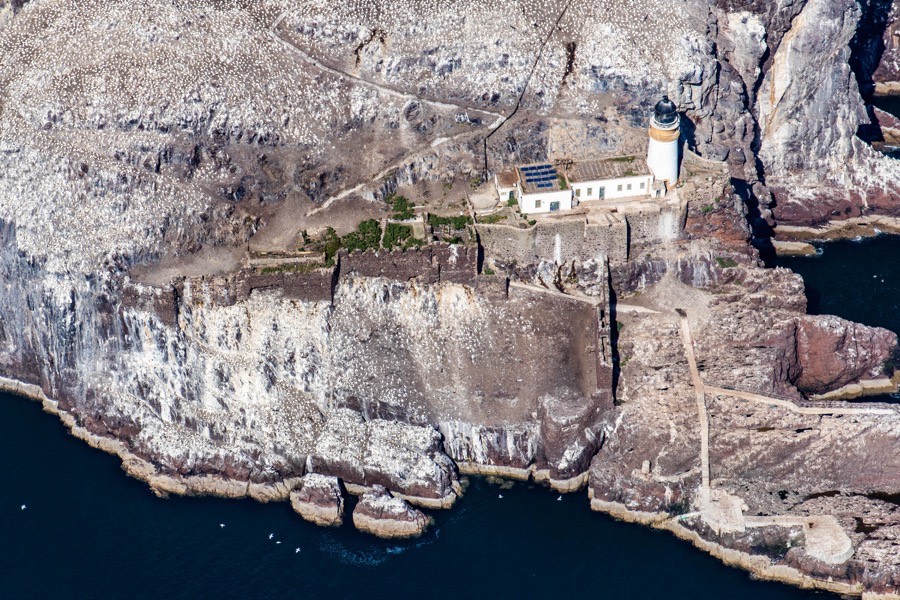
Bass Castle

A castle has stood on the Bass Rock since at least the early 15th century although now only some sections of later wall remain and a lighthouse has been built on top of it.
The Bass Rock is said to have been the site of a small hermitage and chapel associated with St Baldred and he may have died there in 756. Subsequently the island seems to have been a possession of the church. The Lauder family are generally attributed as the earliest secular owners of the island, the church retaining the part most closely associated with St Baldred, although when they took ownership is not completely clear.
Some sources state, without seemingly providing proof, that the Bass Rock was granted to the Lauder family by Malcolm III some time before 1093.
In the 12th or 13th centuries a daughter of Lauder of the Bass is said to have married a laird of Anstruther, which is supposed to have later been immortalised in verse as the song of Maggie Lauder, written by Francis Sempill of Belltrees in the 17th century. Some sources suggest that Maggie Lauder was Margaret Lauder, daughter of Sir Robert Lauder of the Bass, and that William de Anstruther brought her across the Forth as his wife during the reign of Alexander I. However since Alexander died in 1124 and William isn’t supposed to have settled at Anstruther until 1130 this seems unlikely.
I’ve lived in Fife, baith maid and wife,
These ten years and a quarter;
Gin’ ye should come to Anster fair,
Speir ye for Maggie Lauder.
The Book of Scottish Song
Glasgow, 1843
What is known is that in 1316 Robert of Lauder received a charter of one half of the Bass from William de Lamberton, bishop of St Andrews. This could be interpreted one of two ways, either the Lauder family receiving the part which the church had retained to add to their part or the Lauder family receiving part of the Bass Rock for the first time.
The tomb of Sir Robert Lauder of The Bass, could still be seen in the old kirk of North Berwick in 1718, carved with the date of death of 1311. If correct this may have been the father of the aforementioned Robert, so confirming that the Lauders were in possession of at least some of The Bass before 1316, although some have suggested the date may actually have been a misread 1411.
Hic jacet bonus Robertus Lauder, Magnus Dominus de Congleton et le Bass, qui obiit mense Maii, 1311.
Here lies the good Robert Lauder, the great Laird of Congleton and Bass, who died in the month of May, 1311.
The Metrical History of Sir William Wallace, Volume III
David Stewart Erskine, Perth, 1790
It is perhaps worth noting at this point that generation after generation called their first-born son Robert, so there are numerous individuals named Sir Robert Lauder of The Bass over several centuries.
The Lauder family were quite prominent and their influence increased throughout the 14th century. In 1329 a Sir Robert was sent on diplomatic mission to England, in 1330 was Keeper of Berwick Castle, in 1333 was Chamberlain of Scotland during the minority of David II and in 1337 was Justiciar of Lothian. In 1377 a later Sir Robert’s cousin, Alan Lauder of Whitslaid, became Constable of Tantallon and purchased the Haltoun estate in Midlothian.
The end of the 14th century and start of the 15th century was a turbulent time, with competing branches of the Stewart family vying for influence. When Robert II died in 1390 his eldest son, John Stewart, ascended the throne as Robert III. John’s younger brother, Robert, Earl of Fife, who held the castle at North Berwick across the water from the Bass Rock, however continued to hold power as the King’s lieutenant until 1393 when power was transferred to Robert III and his young son, David. David was created 1st Duke of Rothesay in 1398 and his uncle the Earl of Fife was created the 1st Duke of Albany by Robert III.
In a move orchestrated by the Duke of Albany and Rothesay’s brother-in-law, Archibald Douglas, 4th Earl of Douglas in 1402 the Duke of Rothesay was arrested. Rothesay was imprisoned first at St Andrews Castle and then at Falkland Place where he died, possibly of starvation. Despite his involvement Albany was absolved and became the king’s lieutenant once again.
In 1405, with Robert III’s health failing, a decision was taken to send his heir, James Stewart, to France for safe-keeping beyond the reach of his uncle, Albany. The following year a party containing the young prince moved south from St Andrews through Douglas lands in East Lothian where they were attacked by James Douglas of Balvenie, later 7th Earl of Douglas.
The prince fled to the safety of the Lauders’ “Castell of the Bass” where he remained for a month before a ship collected him on its way to France. The ship however was captured by English pirates off Flamborough Head and James began 18 years of captivity at the court of Henry IV of England. Following the death of Robert III in 1406 Albany ruled as regent of Scotland, seemingly making little effort to secure the release of his nephew.
In 1407, following the death of Alan Lauder of Lauder, the Lauder family split into the branches of Lauder of The Bass and Lauder of Haltoun.
Albany was succeeded by his son, Murdoch, as Duke of Albany, Earl of Fife and regent in 1420 but in 1424 the release of James was finally negotiated, with the laird of The Bass having been appointed an ambassador to the English court in 1423. James was crowned at Scone as James I and later that year Albany was arrested and in 1425 executed for treason, forfeiting his estates and titles. His eldest son, Walter Stewart, was imprisoned at the Bass Castle since Sir Robert was a trusted associate of James I. James would go on to use the castle to jail more of his enemies during his reign.
In the second half of the 15th century Robert Lauder of Edrington, later Sir Robert Lauder of the Bass, had a daughter named Margaret who married, before 1498, Kentigern Hepburn of Waughton and Luffness, later marrying Alexander Hume of Polwarth in 1521.
In 1497 James IV visited the Bass Rock, possibly on a hunting trip, and stayed at the castle with a later Sir Robert. Early in the 16th century Andrew Forman, the Bishop of St Andrews, leased Tyninghame on the mainland to Robert Lauder of The Bass, and the Lauders used it as their winter residence, spending their summers on the island.
The island was strategically-important, occupying a prominent position at the entrance to the River Forth’s estuary on the approach to Edinburgh. It commands wide-ranging views across to the East Lothian coast while being a safe distance from the shore.
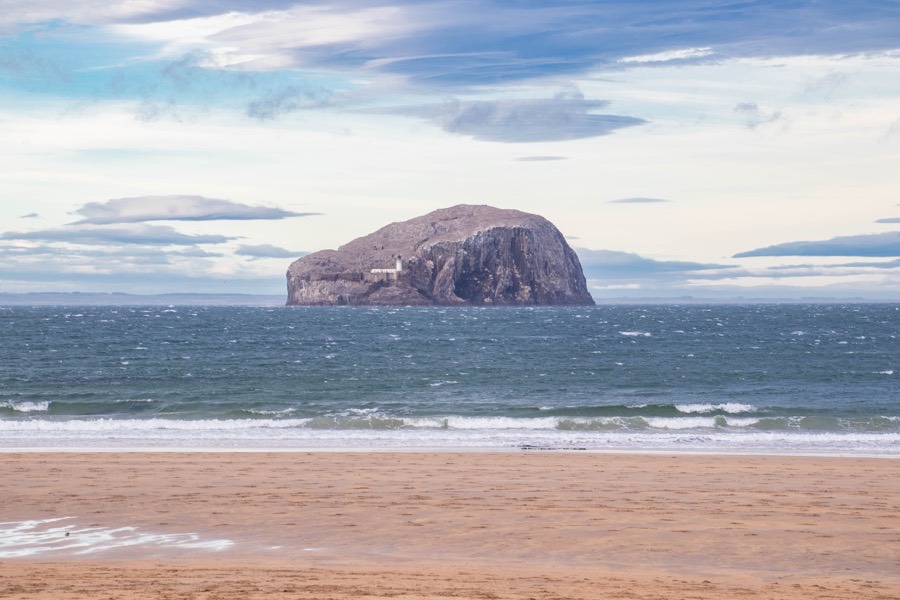
During the 16th century significant work seems to have been carried out to modernise the castle, and much of what can be seen today dates from that period although it may have enhanced or consolidated earlier work.
The castle stood just above the West Landing on the south side of the Bass Rock, the most accessible point on the island. A long curtain wall was constructed across the island in front of the castle, running approximately east to west and reaching a height of around 12.2m while being around 1.2m thick. At the west end of the wall is a small room which was used as a prison, located above a well cut into the rock below, and a bastion which merges into the rock.
Projecting south from the curtain wall is a perpendicular wall which continues down to the edge of the rock. The wall features gun ports covering the landing area, an internal staircase and it terminates in a round battery with vaulted basement near the sea. The battery was later known as the Crane Bastion and was where a crane was installed to lift supplies into the castle from boats.
The entrance to the castle was through a gateway near the re-entrant angle of the outer walls. Beyond the walls was a tower and various ancillary buildings. While the design of these is largely unknown in the 17th century a gabled chamber was added to the tower and contained a moulded fireplace surrounded with blue Dutch tiles.
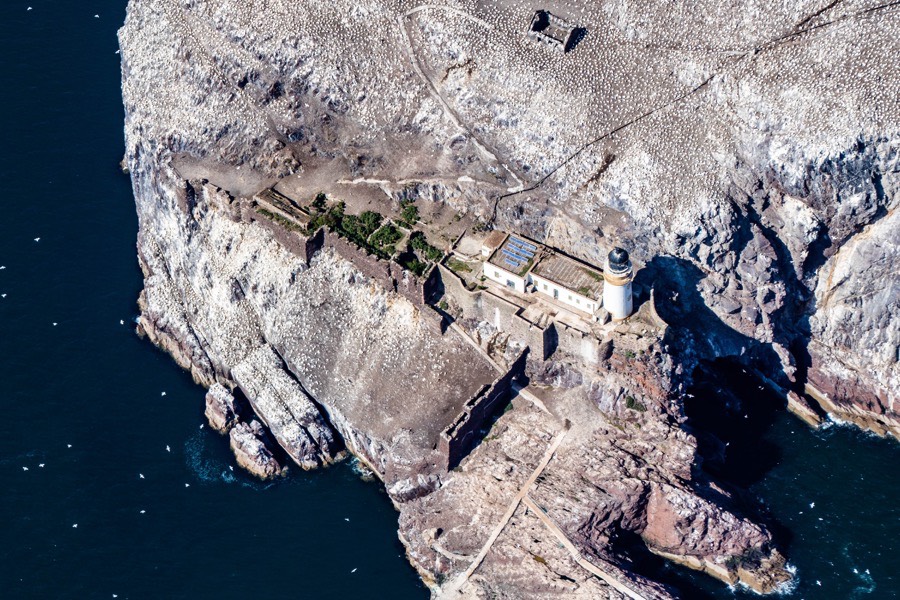
During the Rough Wooing of the mid-16th century Marie de Guise, the widow of James V, mother of Mary Queen of Scots and Regent of Scotland, had the Bass Rock garrisoned with one hundred men including French soldiers in order to protect the entrance to the Firth of Forth. Sir Robert supported Mary Queen of Scots at the Battle of Carberry Hill in 1567.
In 1581 James VI visited The Bass and was entertained by George Lauder, a Privy Counsellor and tutor to Henry, Prince of Wales. The King was apparently so enamoured with the island that he offered to buy it although the laird declined.
Some sources state that the Lauders suffered financial difficulties by the time George Lauder died in the castle in 1611, leaving his widow, Lady Isabella Hepburn, in some debt. Their only child, also George, would be the last Lauder laird of The Bass. According to this version of events the younger George and his mother finally gave up the island following a siege by her late husband’s creditors in 1628. Whatever the actual reason, The Bass became the property of Lady Isabella’s brother, Sir Patrick Hepburn of Waughton.
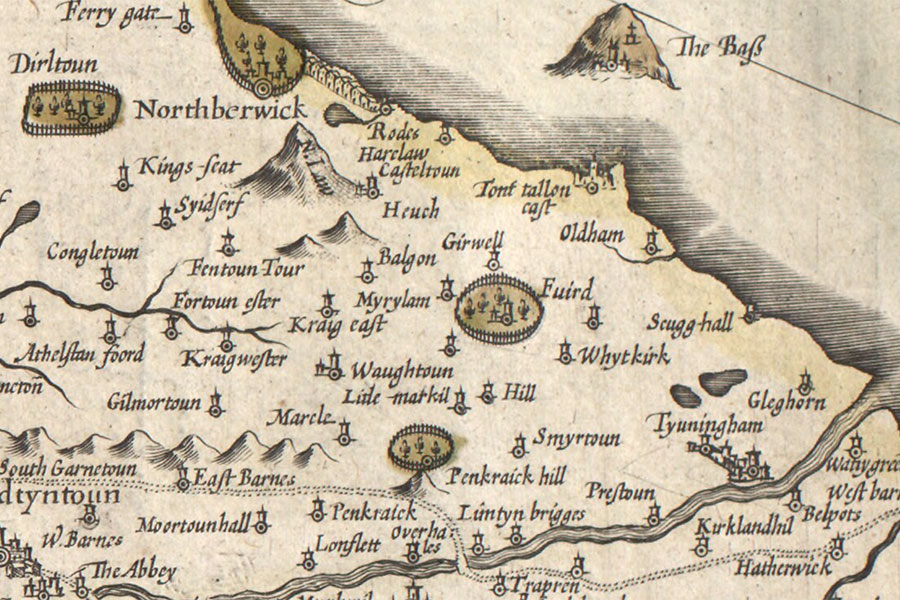
Hendrik Hondius, Amsterdam, 1630map image courtesy of NLS
During the Wars of the Three Kingdoms Oliver Cromwell’s troops invaded the Lothians in 1650, and The Bass was used as a base from which to attack Cromwell’s ships. However in 1652 the island surrendered and Cromwell installed a garrison of eighteen men.
When Sir Patrick Hepburn’s granddaughter, Margaret, married Sir Andrew Ramsay, the son of Sir Andrew Ramsay of Abbotshall, Lord Provost of Edinburgh, both Waughton and the Barony of Bass passed into the Ramsay family. In what is now seen as a brazen example of corruption the elder Sir Andrew bought the Bass Rock from his son for £400 Sterling in 1671 and, with the help of John Maitland, 2nd Earl of Lauderdale, sold it on to Charles II for £4000 Sterling. The island and castle were subsequently converted into a state prison.
Around forty Covenanters were imprisoned on the island over a period of several years, although no more than fifteen were on the island at any one time. One of the most notable prisoners was John Blackadder, minister of Troqueer, who was imprisoned in the small room above the well in 1680 and died on the island in 1685.
Following the deposing of James VII in 1688 the garrison on the Bass Rock, under the command of the Deputy Governor, Charles Maitland, held out for the old King, making it the last place in Britain to do so. Some sources state that the garrison was led by David Blair, third son of James Blair of Ardblair, although he may have been an officer under the Deputy Governor’s command. The rebels seemingly even used the island as a staging post for attacks on the Fife and Lothian coasts, and held out until 1690 when they were forced to surrender and Henry Fletcher of Saltoun was appointed Governor.
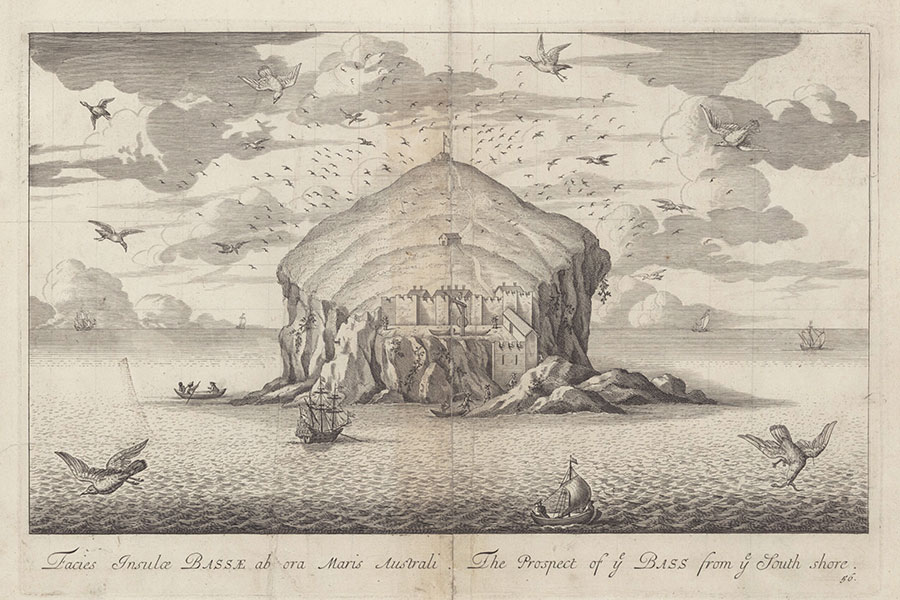
John Slezer, London, 1693image courtesy of NLS
The island was then used to house prisoners from the first Jacobite rising of 1689 and in 1691 four Jacobite prisoners, Lieutenant Middleton, Lieutenant Halyburton, Ensign Roy and Ensign Dunbar, escaped from their cells and captured the castle when the garrison was occupied with unloading coal down at the landing site. They managed to hold the castle for James Stuart, The Old Pretender, for three years, during which time they received supplies from French ships. A blockade in 1694 starved them into submission although they were reportedly able to negotiate their freedom.
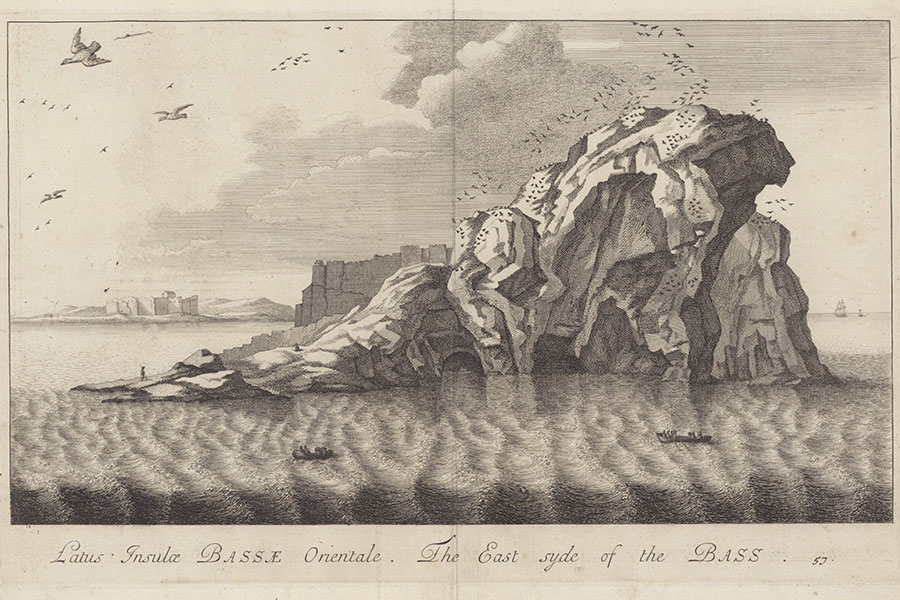
John Slezer, London, 1693image courtesy of NLS
The island stopped being used as a prison in 1701 and the castle may have been partially demolished at this time. In 1706 the island was bought by Sir Hew Dalrymple of North Berwick, whose descendants continue to own it. The island brought little income, mainly from gannets producing meat, eggs and providing feathers for the manufacture of feather beds.
As shipping in the area increased in the late 19th century a decision was taken to erect lighthouses on the Bass Rock, Fidra and the Isle of May. In 1902 the east part of the curtain wall had its crenellations removed with the flat-topped surface then being pointed. The lighthouse was designed by David Stevenson and built beyond the curtain wall on the site of the Governor’s House. Stone from the old castle was apparently used in the construction. It was occupied by lighthouse keepers until 1988 when it was automated.
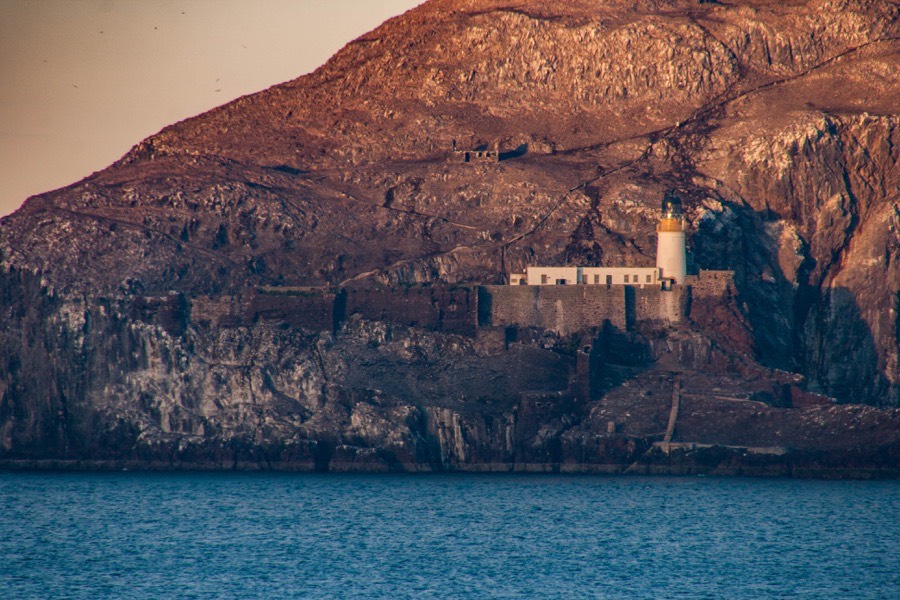
Alternative names for Bass Castle
Bas; Bass Rock Castle; Castell of The Bas; Castell of the Bass; Castle of The Bass; The Bass; The Baß
